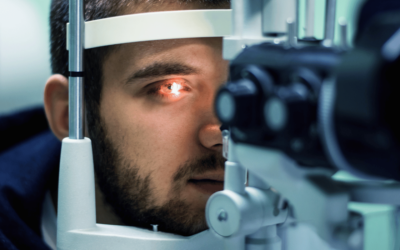Did you know that diabetic eye disease is the leading cause of blindness in adults in the United States? November is Diabetic Eye Disease Awareness Month, so it’s the perfect time to learn more about this condition and what you can do to protect your vision.
What is Diabetic Eye Disease?
Diabetic eye disease is a group of eye problems that can occur in people with diabetes. These problems include diabetic retinopathy, glaucoma, and cataracts.
- Diabetic retinopathy is the most common form of diabetic eye disease. It occurs when high blood sugar levels damage the blood vessels in the retina, the light-sensitive tissue at the back of the eye. Over time, these damaged blood vessels can leak fluid or even bleed, causing blurred vision. If left untreated, diabetic retinopathy can lead to vision loss.
- Glaucoma is another form of diabetic eye disease that occurs when increased pressure inside the eye damages the optic nerve. This nerve transmits signals from your eyes to your brain, so damage to it can cause vision loss.
- Cataracts are a clouding of the eye’s lens that can also cause vision loss. People with diabetes are more likely to develop cataracts at an earlier age than those without diabetes.
How Can I Prevent Diabetic Eye Disease?
The best way to prevent diabetic eye disease is to keep your blood sugar levels under control. This can be done through diet, exercise, and medication if necessary. It’s also important to have regular comprehensive eye exams so that any problems can be detected early and treated before they lead to vision loss.
If you have diabetes, make sure you’re doing everything you can to keep your blood sugar levels under control and schedule regular comprehensive dilated eye exams! These simple steps can help you protect your vision and prevent diabetic eye disease.



